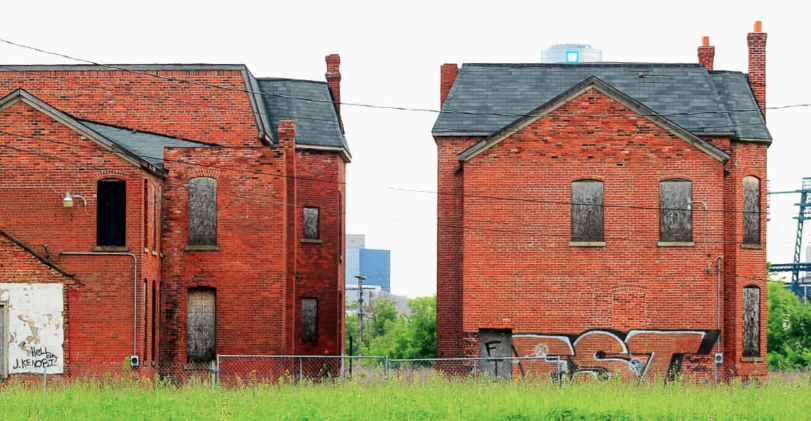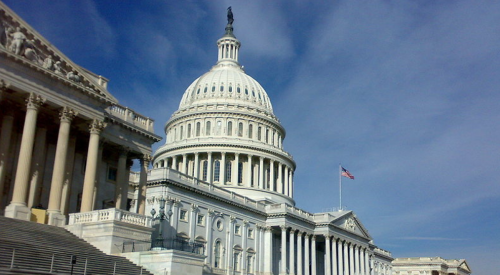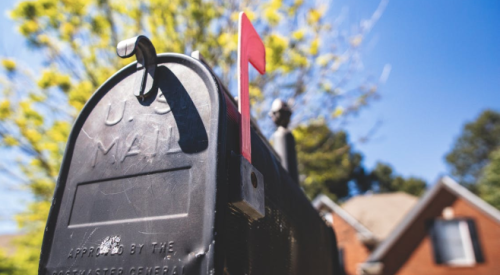Investor interest in opportunity zones is growing, and some analysts believe that billions of dollars may soon be flowing into these new investment tools designed to encourage economic growth in designated distressed communities.
Opportunity zones, created as part of the Tax Cuts and Jobs Act of 2017, have the potential to reinvigorate troubled areas nationwide. Investments into an opportunity zone flow through a qualified opportunity fund (QOF), which can take the form of a corporation or partnership. In October 2018, the Treasury Department and IRS released proposed regulations intended to enable investing in opportunity zones and to clarify key questions regarding such investments.
The National Association of Home Builders has asked the IRS to address in the final regulations issues related to project delays as well as the redevelopment of vacant or abandoned property.
The law provides two tax incentives for opportunity zone investments. First, it allows taxpayers to defer federal taxes on any capital gains resulting from a QOF investment. Over time, investors may be eligible to reduce federal taxes owed on the deferred capital gains.
Second, the law excludes from gross income the post-acquisition gains on investments in QOFs that are held for at least 10 years. The proposed regulations also specify that only capital gains are eligible for tax deferral and potential exclusion from federal taxes; ordinary gains are not eligible. Additionally, the gain to be deferred must be one that would be recognized no later than December 31, 2026, the final date specified by the law.
Under the statute, a QOF is any investment vehicle organized as a corporation or partnership. It must hold at least 90 percent of its assets in qualified opportunity zone property, which includes qualified opportunity zone business property.
The proposed regulations specify that for an enterprise to be considered a qualified opportunity zone business, it must (among other requirements) be one in which at least 70 percent of the tangible property owned or leased by the taxpayer is qualified opportunity zone property.
Final regulations on investing in opportunity zones are expected later in 2019.
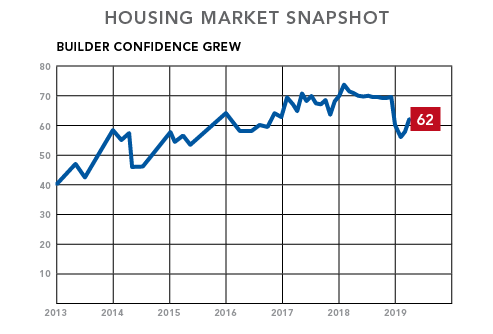
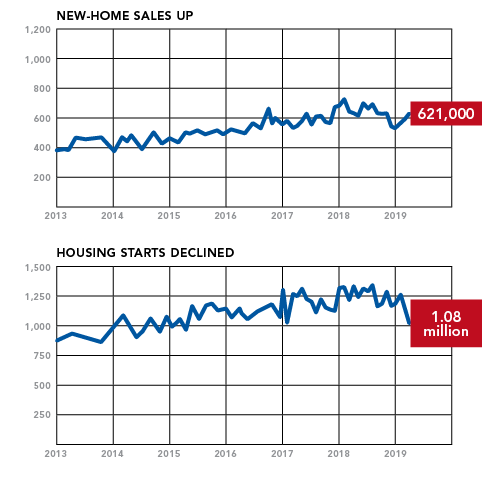
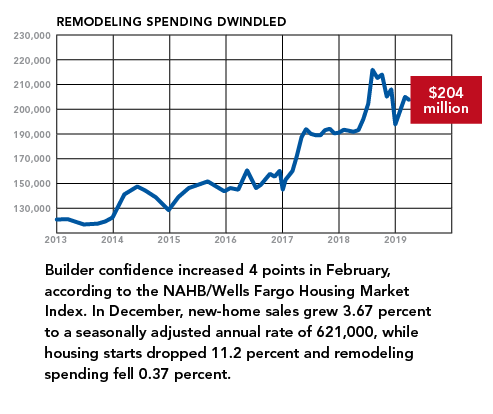
- This story originally appeared in the April 2019 issue of Professional Builder magazine. See the print version of this article here.
